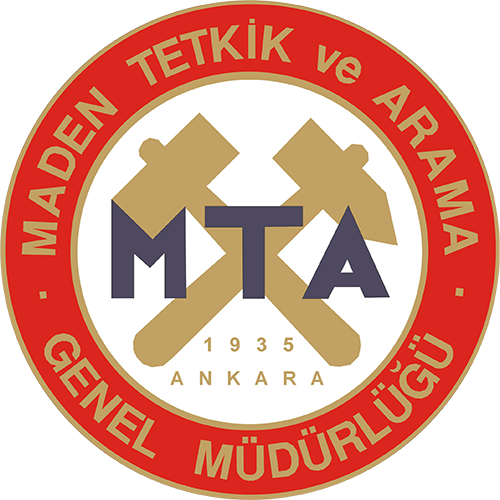Details
Noise attenuation of a 3D marine seismic reflection dataset - a case study in the Southwest Black Sea region
3D deniz sismik yansıma veri setinin gürültü soğrulması – Güneybatı Karadeniz bölgesinde bir vaka çalışması
Indexed In
Volume 172 / December 2023Authors
Hamza BİRİNCİ, Kürşat ERGÜN, Aslı Zeynep YAVUZOĞLU, Korhan KÖSE, Güniz Büşra YALÇIN, Mustafa Berkay DOĞAN, Fatma Betül KARCI, Murat EVREN, Ayşe GÜNGÖR, Bahri Serkan AYDEMİRKeywords
Seismic Noise Attenuation, Swell Noise, Cavitation Noise, Bird Noise, Geovation 2.0.Abstract
Noises in marine seismic data are one of the biggest obstacles in seismic imaging. The most significant step in seismic data processing is the removal of seismic noise, which can be classified as instrument and background noise. Noise attenuation usually results in improved seismic interpretation by increasing the signal-to-noise ratio. In this study, we will focus on attenuating these seismic noises with several data processing techniques. A number of denoising examples describing swell, strumming/tugging, and cavitation, which are background-type noises, and streamer-mounted device noise (Nautilus), which is an instrument-type noise, were illustrated by analysing a marine 3D seismic dataset recorded by Oruc Reis Research Vessel in Black Sea project of MTA (Mineral Research and Exploration). This study was achieved by implementing an f-x prediction filter (SPARC, DENOISE3D) and f-k filter (DWATT) in the t-x domain, and radon filter (RADATT) in Tau-P domain by the use of Geovation 2.0 software.
Click for .pdf Türkçe .pdf için tıklayınız
